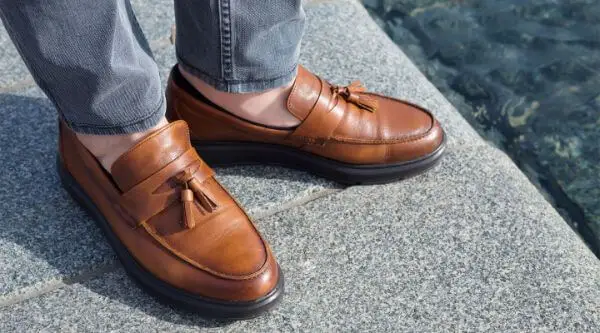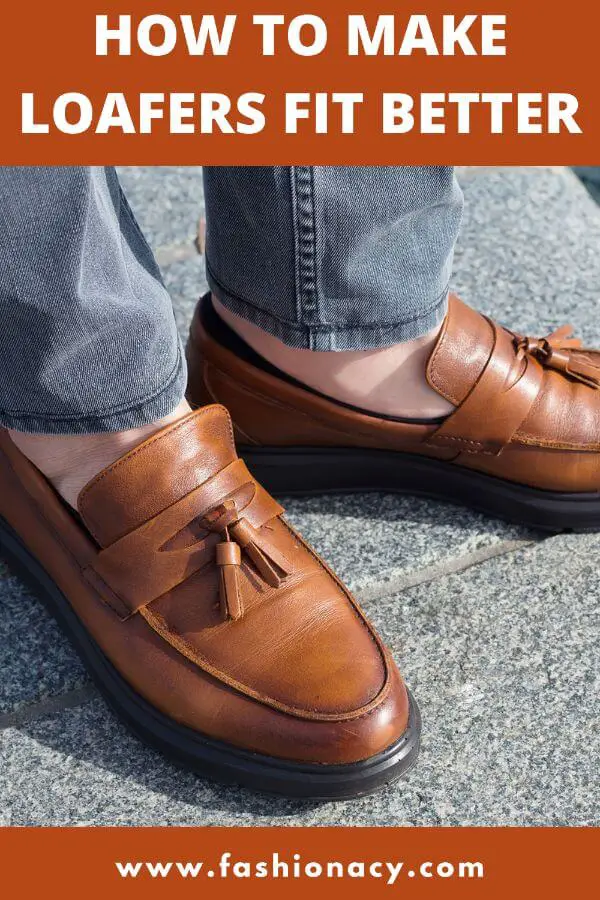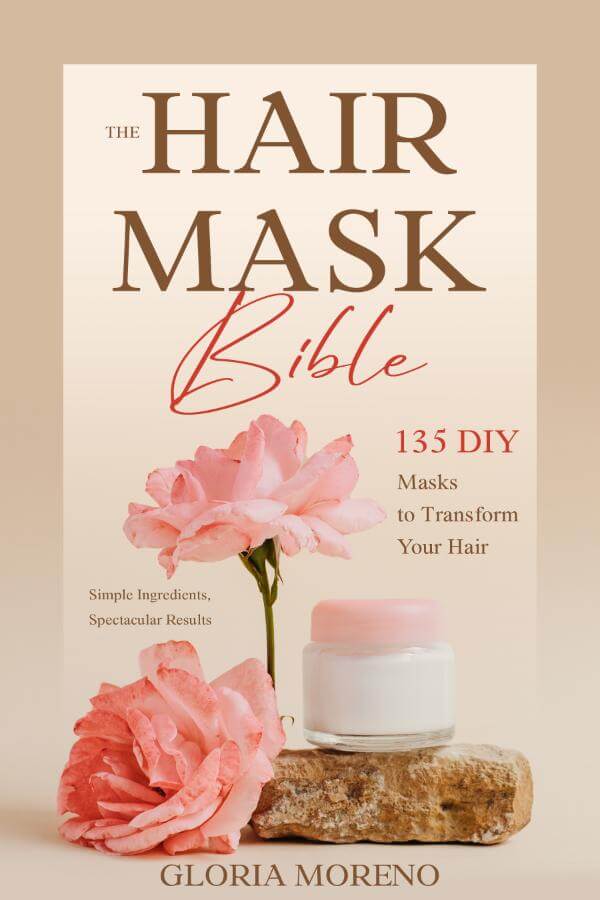
I’m going to give you some advice on what to do if you have a pair of loafers that is just a bit too loose for your feet.
I’ll go over three reasonably priced and cost-effective methods to fix that.
Why Are Loafers Loose?
It is common knowledge that the loafer is the type of shoe that is the most challenging or difficult to fit properly. The lack of a lacing system is one of the causes of that.
If your Oxfords are a little bit too loose, you can simply tighten the laces by pulling them into the eyelets. This will improve the shoe’s fit on your foot.
It’s the same with monk straps. When you first try on your monk straps, if it is not fully fastened, you can pull it up and insert the prong through the last hole for a better fit around your foot.
However, when wearing a loafer, you must completely rely on the leather and the shoe’s design to conform your foot.
No fastening mechanism, such as laces, is available.
Second, compared to other styles of shoes, loafers are more minimalist. Regular shoes have a tiny bit more leather in the heel cup, around the back, and at the top if you look closely. The loafer is more minimalistic, but because they are typically low cut, there is less material to mold to your foot.
As a result, you experience issues with flopping around due to your loafers being too large.
If your shoe is a little too loose in that situation, you can send it back, try sizing down, or look for other shoe options.
However, there may be some circumstances when you really enjoy the pair of loafers you have and wish to modify them to fit you better.
How to Fix Loose Loafers
I just bought a pair of brown suede loafers. They were really comfy when they first arrived, however I soon noticed a gap at the back, around the heel.
My feet were flopping in and out of the shoe as I was walking, although there wasn’t a large gap. However, it was sufficient for me to size down by a half-size. It’s possible that you’ll need to size down frequently when wearing loafers.
It’s difficult to shop online since you have to wait, pay, and send items back and forth. It is always preferable to try them on in-store.
I really liked the color and the way they looked, however in this instance there was no size that would fit me better. I wanted to keep them.
I experimented with a few different approaches to see if I could get them to conform my foot a little bit better.
Tongue Pad
You might start by using something known as a tongue pad. These are tiny wedges of silicone or rubber that are coated on one side and have a peel-and-stick back.
They’re reasonably priced at less than ten dollars. For about $10, you can purchase a pack of six of these.
To use them, you need to first remove the backing from the adhesive tape and then place each one under the tongue of your shoe.
Just like that.
Because you are adding a little bit more material to this area, it helps to push your foot back somewhat in the shoe, and because you are doing so, your foot is pushed back in a gentle manner. Your foot will partially fill the space left by the heel cup at the back.
This was mentioned on the internet as the most effective method for making looser loafers fit.
Thicker Socks
Wearing thicker socks is the second option.
When I wear my loafers in the summer with a smart casual clothing, I find that the no-show sock fits better with my loafers than wearing ordinary socks with a calf high or knee high. This is true approximately ninety percent of the time.
Because a thick weight calf high or knee high sock will add additional warmth to your outfit, wearing a thicker version of a sock is really more possible with a no-show than with a regular sock.
Additionally, it will look really bulky around the ankles, look extremely winter-like, and isn’t really appropriate for summer.
So make an effort to try no-show socks and then purchase the thickest version you can.
The no-show sock is intended to be minimalist and barely noticeable, therefore this can be challenging. However, this means that you rarely find thick ones and that they are frequently extremely thin.
To assist fill the space at the back of your shoe, you can seek for something made of terry cloth, a material that resembles a towel, something with a cotton pile, or a material that can add a little bit more volume to your foot.
This can also be challenging since, if you choose that style of sock and wear low vamp loafers, the no-show sock’s somewhat thicker material may protrude around the tongue’s sides.
Heel Grips
A heel grip or heel pad is the third option.
This material is a lightly padded piece of silicone, suede, microfiber, or leather with a peel-and-stick backing that you wedge into the shoe’s heel and stick there.
This can be hit or miss because the glue occasionally isn’t strong enough to stick to the shoe’s back at all. Strong backing is preferred; something that is quite rigid will hold better.
Because the shoe is too flexible and the glue won’t stick, it doesn’t work as well if it has a canvas backing like an espadrille.
These heel grips also frequently have the second issue of being too thin. They don’t truly add enough volume to fill the gap if you stick one there.
Furthermore, you should never double them up. You might be tempted to add another heel grip if you find they are too thin. One is stuck to the other. However, they hardly adhere to the shoe and are most definitely not going to adhere to one another.
The simple act of walking or putting on and taking off your shoes will also make them less sticky.
When you put your shoe on, you push your foot against the back of the heel area, creating downward friction that may easily cause the heel grip to completely break off.
The up-and-down action of your foot that occurs naturally while you walk can quickly eliminate the heel grip.
Some claim that they can only wear it for a few minutes before it falls off. They even discuss how the glue ruined the shoe’s back.
This serves as a form of warning before using those. Some brands on Amazon receive favorable reviews. They would be my tertiary option.
Choose the tongue pad as your initial option before attempting to find a thicker pair of socks. This is the third option compared to the previous two options.
Summary
The methods that I have discussed are most effective if you have a pair of loafers that is only a half size larger or less.
You should give up and size down if the shoe is flapping around or there is a lot of gapping inside. You can also try a new brand or type of shoe.
Choose the tongue pad as your first option if you decide to give these a try. Secondarily, consider wearing thicker socks, and thirdly, consider using a heel grip or a heel pad.
These options are all not ideal. A shoe that fits you properly is ideal.



